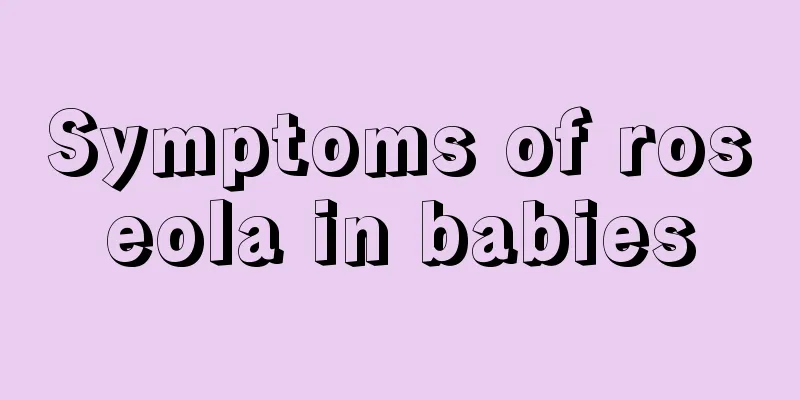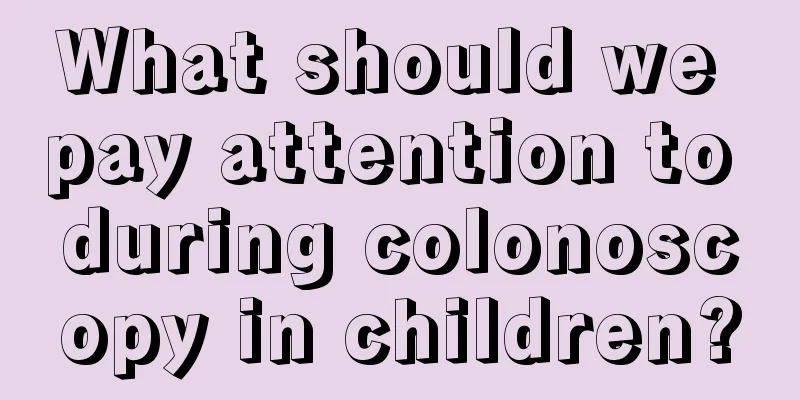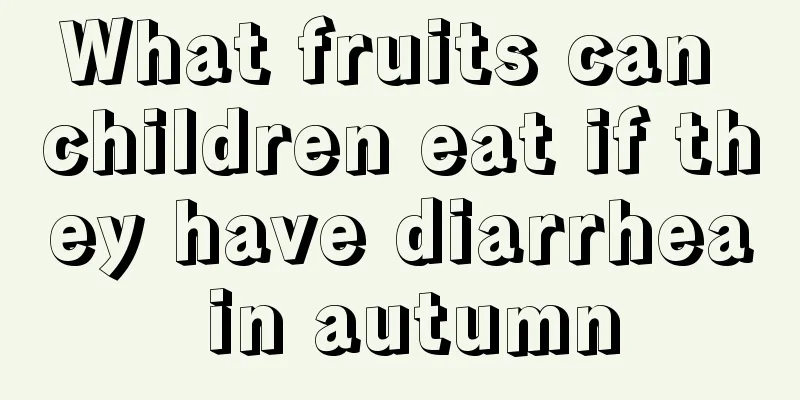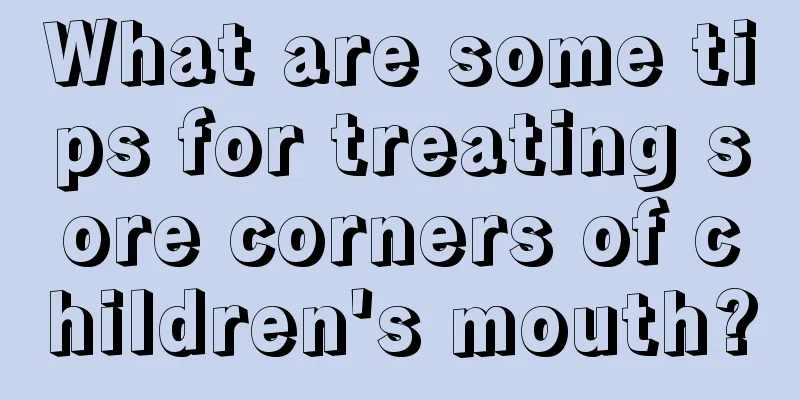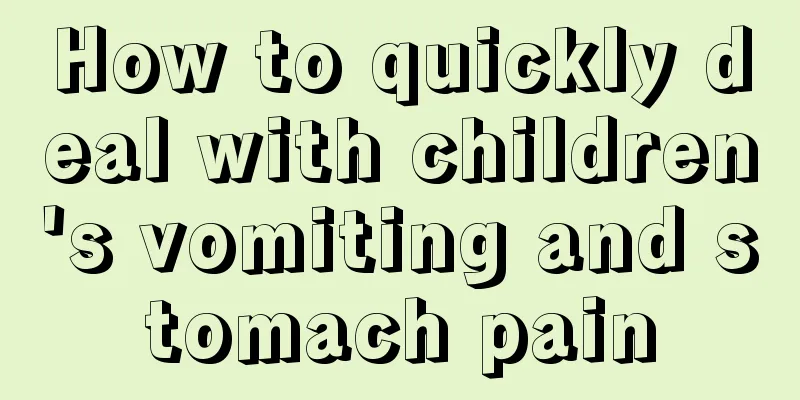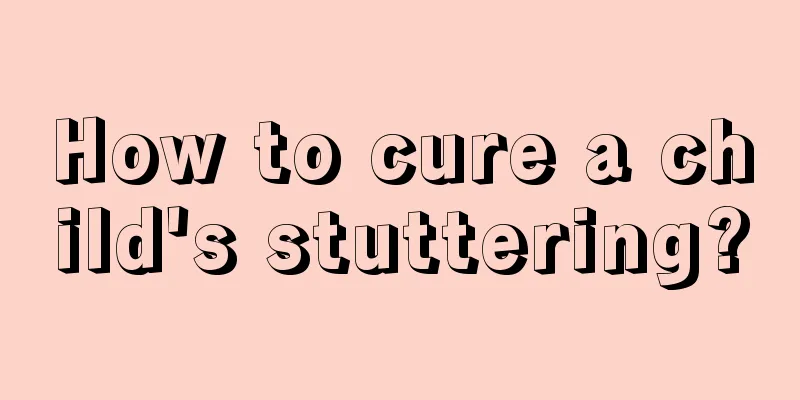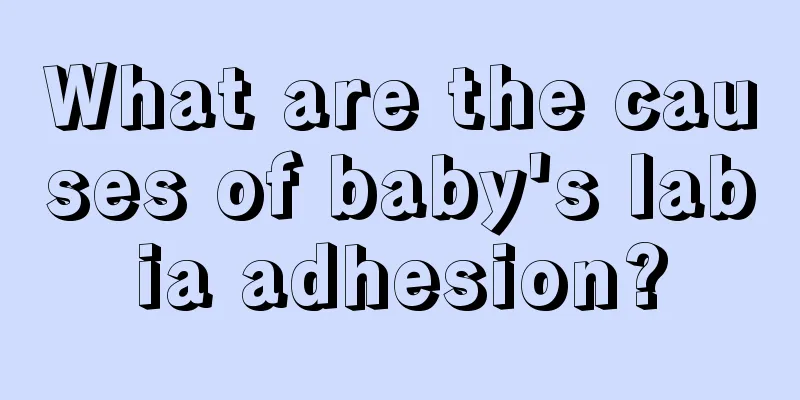The baby's temperature is less than 36 degrees after the fever injection
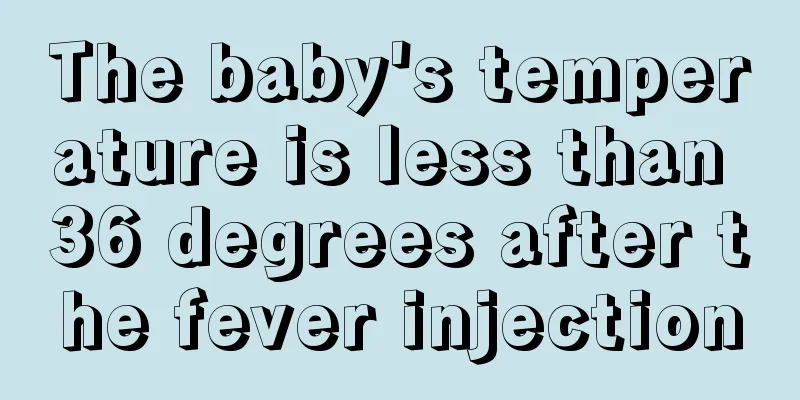
|
When the baby has a high fever, he needs to be given an antipyretic injection in time. After the antipyretic injection, if the baby's temperature is less than 36 degrees, parents will feel worried. The sudden change from a high fever to a low temperature will make parents worry about the baby's health. In fact, don't worry too much at this time. It is mainly because the antipyretic medicine causes the temperature to drop too much. At this time, you should pay attention to keeping the child warm, giving the child a warm bath, etc., to improve such symptoms.
If the child's temperature is less than 36 degrees now, it is mainly a reaction to the antipyretic drugs given to the child. It is recommended to let the child drink more warm water to raise the body temperature. You can also give him a warm bath to improve the symptoms. How many degrees is considered a fever for babies The normal axillary temperature of a child is between 36℃-37℃, and it is considered a fever if it exceeds 37.4℃. Under normal circumstances, children's body temperature can fluctuate within a certain range. A body temperature above 37°C is considered a fever. 37.5℃-38.4℃ is a low fever, and above 38.5℃ is a high fever. But every child's physical condition is different, so it depends on the child's physique. If calculated based on rectal temperature, the normal baby's basal body temperature is 36.9℃-37.5℃. Generally, when the body temperature exceeds the basal body temperature by more than 1°C, it is considered a fever. Among them, low fever refers to body temperature fluctuating around 38°C, and high fever refers to body temperature above 39°C. Continuous fever for more than two weeks is called long-term fever.Generally speaking, oral temperature is 0.3℃-0.5℃ lower than rectal temperature, and axillary temperature is 0.3℃-0.5℃ lower than oral temperature. When a baby has a fever, physical methods should be used to reduce the temperature first. If the body temperature exceeds 38.5℃, medication should be used to reduce the temperature. While using medication to reduce fever, physical cooling should also be used. Physical cooling is suitable for babies with high fever and good circulation. You should also pay attention to providing your baby with comprehensive nutrition to improve his immunity.
If parents suspect that their baby has a fever, in addition to confirming the temperature, they can also judge from the following aspects: The forehead is hot, the face is red, and the palms are burning; Your child may experience dry mouth; Compared to usual, the baby's crying will be more severe; Poor mental state; Sometimes there is deep sleep; No appetite. |
<<: Is it normal for a seven-month-old baby to have a temperature of 373?
>>: Is it normal for a 10-year-old child to have a temperature of 375?
Recommend
What to do if your child has a lot of phlegm and runny nose
Children of a few years old generally have poor p...
What to do if your breastfed baby refuses to take the bottle?
Breastfed babies generally do not like to drink f...
What should I do if my baby has diarrhea after having a fever and enema?
Nowadays, many children are always taken to the h...
What to do if your two-year-old child is disobedient
Babies will enter a rebellious period after they ...
What to do if your child has chapped lips
With the arrival of winter, the temperature drops...
What is the best month to wean your baby?
Weaning is good for your children. Parents certai...
What to do if your baby has watery diarrhea
The seasons are changing very quickly now and one...
What causes baby rash?
Babies' skin is very tender and smooth, and y...
One year old baby has dry stool
The health of babies is the concern and worry of ...
At what age does the baby start to have a stomachache?
Babies who are breastfed often do not defecate fo...
What are the symptoms of neonatal epidemic diarrhea?
At present, the frequency of neonatal epidemic di...
Is childhood prurigo contagious? What should parents do?
The human body is most susceptible to allergies i...
What to do if your child has a cold and stuffy nose
When children have a cold and a stuffy nose, pare...
What are the benefits of vitamin C for children?
Children are in the stage of growth, and if their...
Causes of coughing and vomiting in two-year-old children
There are few children who have smooth sailing, a...

